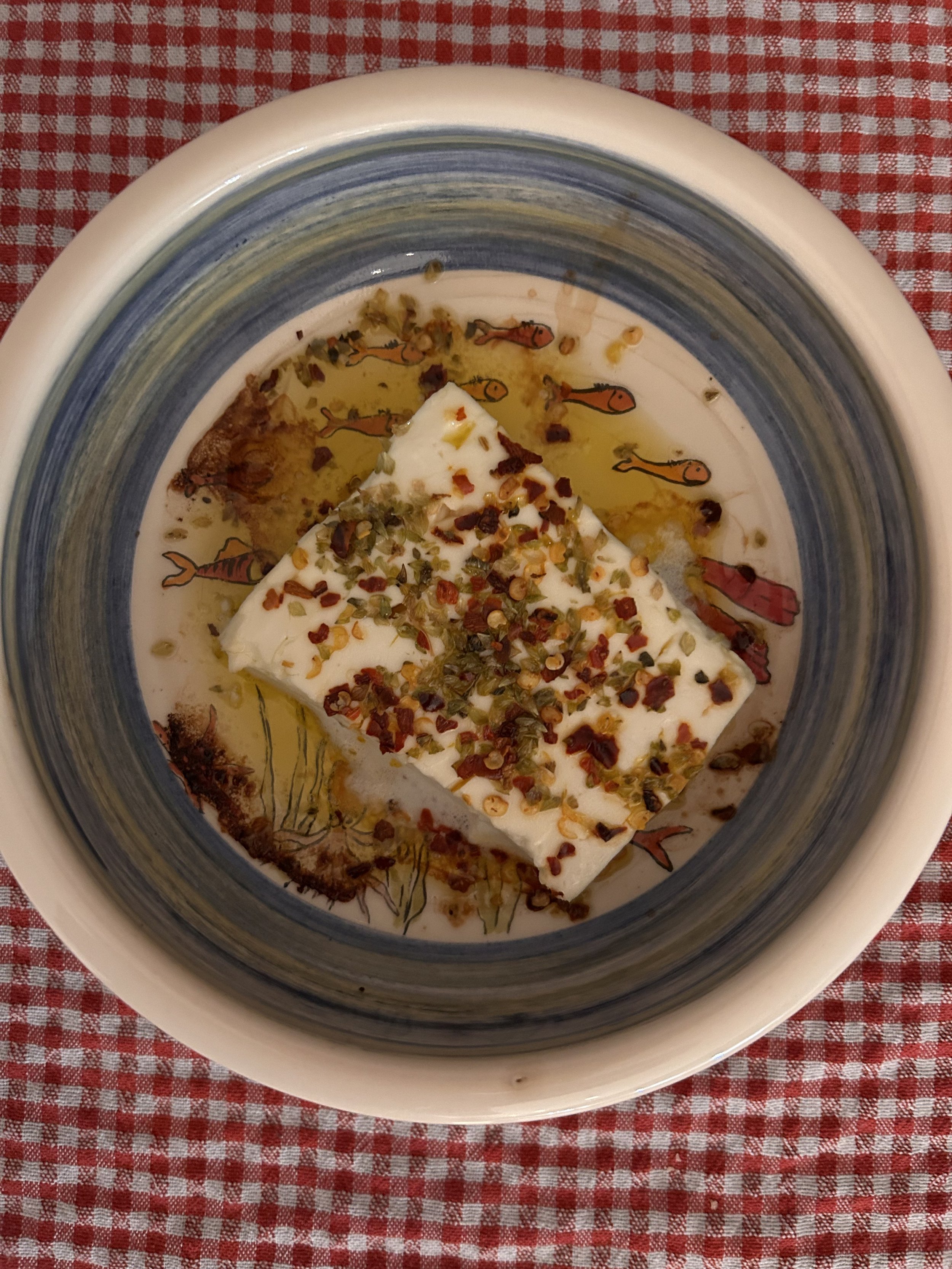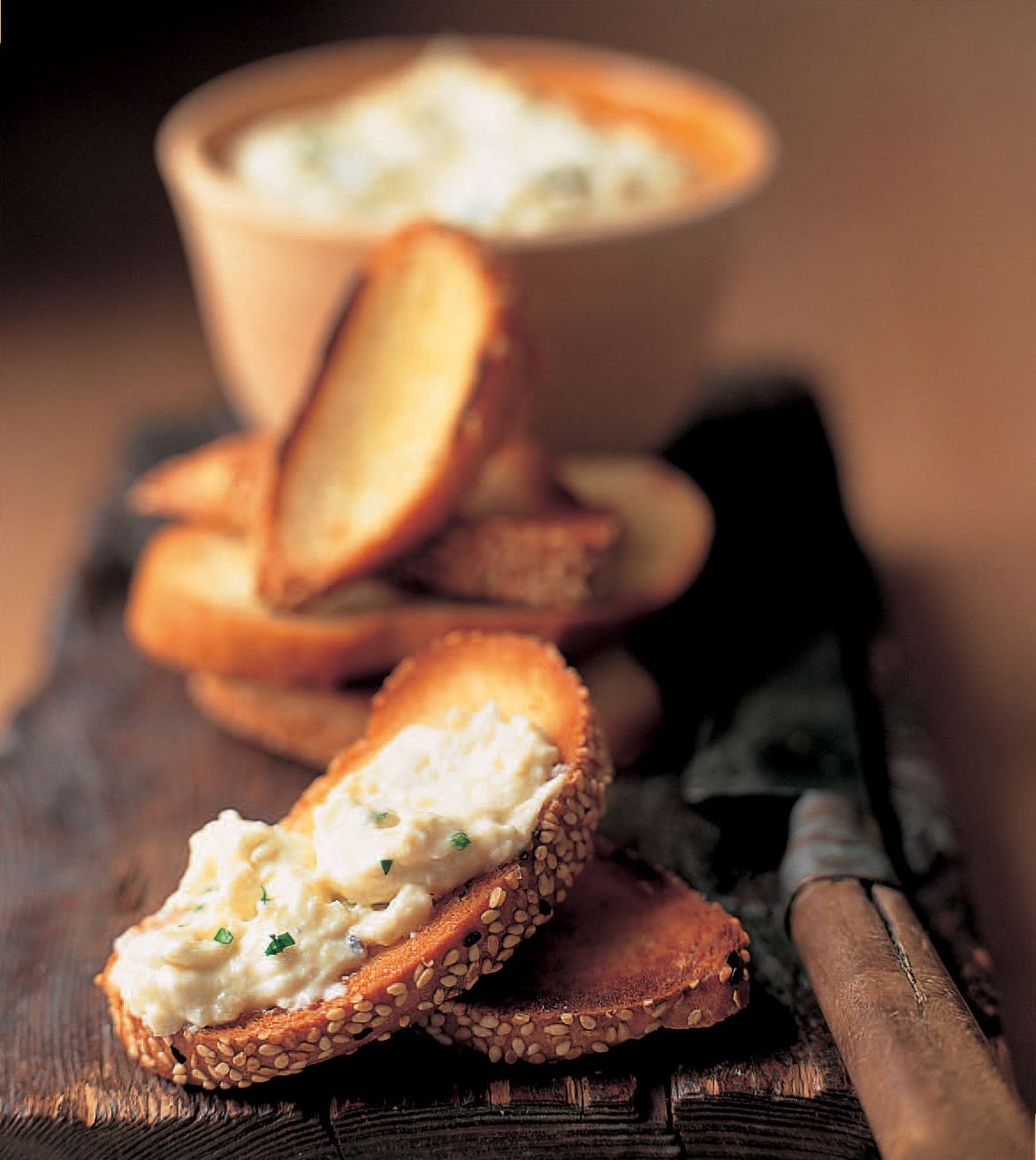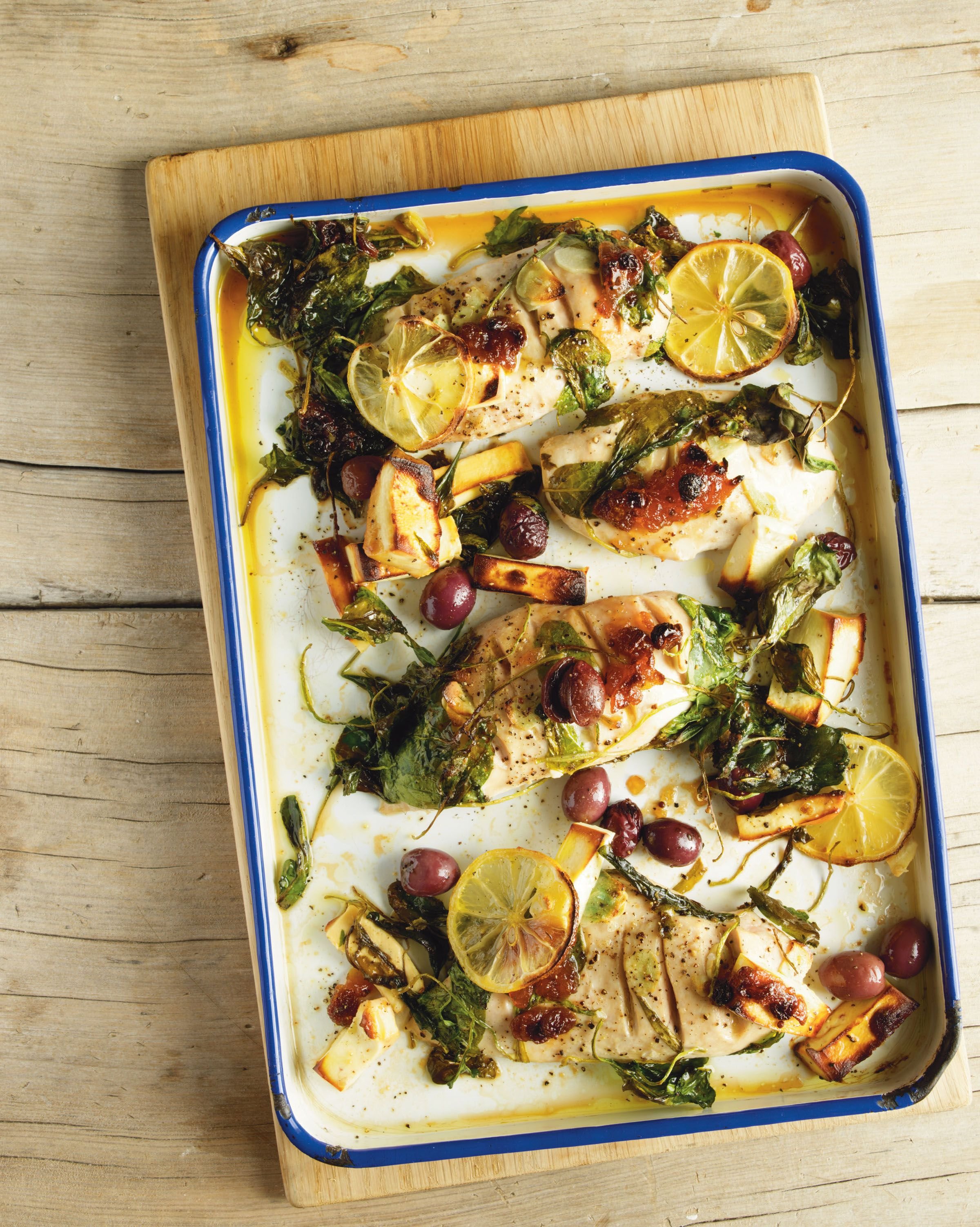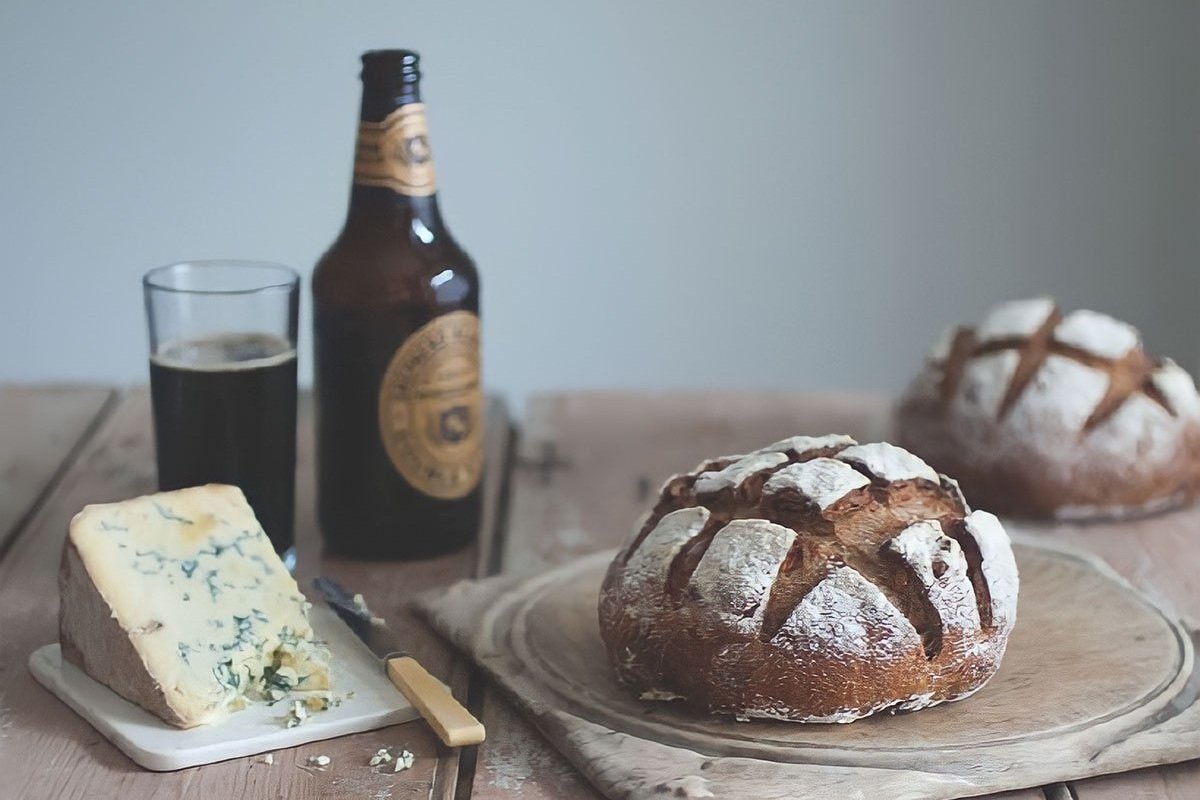Consuming Passions: Feta
Angela Zaher is a freelance food writer whose articles have been published in magazines such as Delicious, Platinum and gal-dem. She writes about our emotional connection to food, focusing on her Lebanese roots, and is a member of the Guild of Food Writers. Follow her on Instagram: @angela_zaher
By Angela Zaher
Marooned with Feta
My number one desert island food would be feta cheese. It would go beautifully with any tropical fruit I might forage. Just thinking of its crumbly creaminess and saltiness coupled with a lusciously sweet mango makes the prospect of being marooned on a wild and uninhabited island quite appealing. As long as there is a crate of feta drifting behind me.
Feta is a people’s cheese. It’s not fancy and aloof. It’s as happy in its own company as mingling with other non-cheeses. A versatile, congenial and long life cheese that sits there ready to support you whenever you need it. A team player who brings out the best in its counterparts, be they watermelon or spinach. But feta is also a diva. She sits at the throne of a salad and makes a statement by her very presence. In a sea of colour, like a Greek salad, the eye is immediately drawn to its snow white complexion. It elevates any dish, whilst revelling in its simplicity.
Childhood memories
Growing up in Beirut, Lebanon, I knew feta as bulgari, Bulgarian cheese. Both are white, brined cheeses made from either sheep’s milk or a combination of sheep and goat — except that the Bulgarian version can also contain cows milk. Since 2002, the EU imposed strict guidelines on what cheese can be called feta; only white brined cheese made in certain parts of Greece. But wherever it’s produced, it’s feta to me and I love it.
I think this fondness (a healthier word than obsession) stems from my childhood. My mother, on nights when she didn’t want to cook, would make us a feta wrap for dinner. It doesn’t sound like much but I loved every aspect of those meals from watching her prepare it to eating it. Her kitchen was a hive of activity and she usually didn’t want me around getting under her feet whilst pots and pans were simmering and boiling over. But on those calm evenings, I would grab a stool, sit close to her and quietly watch as she methodically lay slices of feta longways down the length of a large narrow slice of Arabic bread. She then layered slices of tomatoes and cucumbers on top. The finishing touch was a generous drizzle of olive oil before she wrapped it up snuggly. Those dinners were always so happy. She was so relaxed, and as a result we were too. She was more of a big complicated meal cook so when she made this simple supper, it stood out.
Food for me is like photographs. It triggers memories and emotions. It connects me to my past. Feta is one of my most treasured photographs I still have of my mother.
Marinaded feta
Where feta fits in
Feta features in my daily life . I always have a few slabs stacked in my fridge and when I am down to just two unopened ones, I rush out to replenish supplies. I make the same feta wrap for my family as my mother did on warm evenings when it’s too hot to turn on the oven. When I have friends over for dinner, I bake feta two ways as part of my mezze. I put a slab of feta in each of two small ovenproof dishes. One I marinate with lemon juice, olive oil, a crushed clove of garlic spread on top, sprinkled with oregano and chilli flakes. The marinade for the other is lemon juice, runny honey and fresh sprigs of rosemary. I prepare these in the morning and then I bake them in the oven for 15 minutes on the night. Feta retains its shape when baked, it’s not a melty cheese, but the heat adds to its creaminess whilst the top is crusty and beautifully caramelised especially in the honey version. I serve baked feta (like this recipe from Aglaia Kremezi) with baguette or Arabic bread.
For salads (ckbk has 179 salad recipes with feta!), I crumble feta on top of leaves and almost any combination of ingredients such as tinned mackerel, blackberries and raspberries, green apples and basil, beetroot and lentils and of course, the regulars; watermelon and mint, tomatoes, cucumbers and black olives. I find that feta likes a dash of balsamic or white wine vinegar with its dressing from time to time as a change from olive oil and lemon juice.
One of the author’s own feta salads
Feta aims to please meat eaters and vegetarians alike and is so much more than a salad cheese. One of its favourite dates is when it goes out with roast, braised or grilled lamb.
I love experimenting with spanakopita and borek recipes, adding some Lebanese flavours such as sumac or pine nuts. Every Middle Eastern culture has its own version of this filo pastry pie. Evdokia Antginas’ recipe for Spanakopita is a reliable starting point.
No mistake is irrecoverable
I don’t think I am the only one prone to falling prey to Instagram recipes which are set out in one minute reels and miss out any mention of amounts needed. Of course, when these feature feta, I am hooked. An interesting whipped feta and sriracha dip caught my eye recently and I had a go but ended up adding too much yoghurt. The consistency turned out too runny for a dip- but it did make for a tasty salad dressing. This recipe for a delicious feta and roast pepper dip with chillies by Marlena Spieler is really worth a go!
Feta and Roast Pepper Dip with Chillies from The Complete Guide to Traditional Jewish Cooking by Marlena Spieler
Feta Fetish
I love any recipes that use feta in a new and interesting way; there are more than 700 recipes using this cheese on ckbk.com. Tonia Buxton’s The Real Greek has some great ones such as Feta Saganaki and Courgette and Feta Patties.
Or try these dainty and elegant spinach and feta parcels in Finger Food from the Le Cordon Bleu Home Collection series.
I love vibrant colours in my food so I was also drawn to Reuben Riffel’s Chicken, Spinach and Feta Bake from Reuben at Home.
More feta recipes on ckbk
More Consuming Passions
Di Murrell enjoys the many delicious uses for the humble fish, whether fresh or tinned
Drinks writer Laura Hadland on the darkest and most intensely flavored of beer styles, with countless culinary uses
Omani food writer Dina Macki, known as The Pomegranate Queen on Instagram, celebrates her favorite fruit









